The future of intelligent slitting machines will deeply integrate AI visual inspection and adaptive slitting technology to achieve accurate slitting with near-zero loss through real-time perception, autonomous decision-making and dynamic adjustment. The following are the directions of technology evolution and core application scenarios:
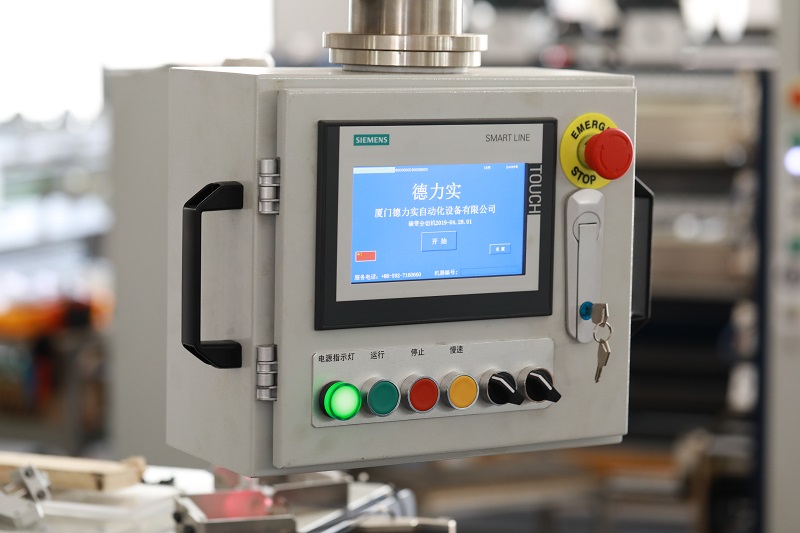
1. Breakthrough application of AI visual inspection
(1) High-precision defect identification
• Multispectral imaging: Combines visible, infrared and X-ray detection to identify bubbles and impurities inside the material (detection rate > 99.5%).
• Sub-pixel edge analysis: Super-resolution algorithms (such as SRGAN) are used to improve the detection accuracy to ±0.05mm, which is suitable for high-precision materials such as optical films.
• Adaptive classification learning: The defect library based on YOLOv7 can be dynamically updated, and the false positive rate is < 0.1%。
(2) Intelligent typesetting optimization
• Reinforcement learning nesting system: DQN algorithm generates a cutting scheme with a utilization rate of ≥98% in 0.5 seconds (92% on average for traditional methods).
• Real-time dynamic adjustment: CCD visual feedback automatically compensates for material extension/contraction (e.g. textile moisture deformation compensation).
2. Core functions of adaptive slitting technology
(1) Closed-loop parameter self-adjustment
• Digital twin simulation: rehearse the slitting process in the virtual model, optimize the parameters (speed/tension/temperature) in advance, and reduce the test loss by more than 30%.
• Multi-sensor fusion: through the joint analysis of tension + temperature + vibration data, the tool pitch is dynamically adjusted (response time < ; 10ms)。
(2) Intelligent tool system
• Self-sharpening tool: Nano coating + wear-sensing chip is used, and the service life is extended by 3 times.
• Non-contact slitting: The laser slitting head is automatically focused according to the thickness of the material (50μm~5mm self-adaptive), without physical wear.
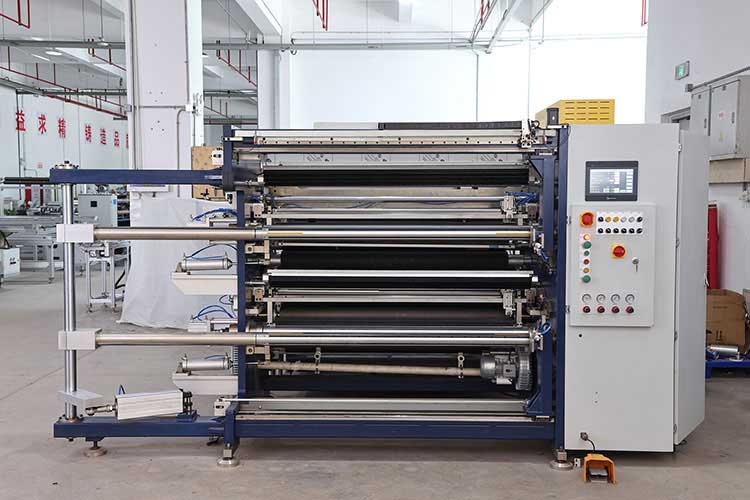
3. Key technology implementation paths
| Technology Module | Implementation scenario | Performance metrics |
| Visual perception | Industrial camera + FPGA to accelerate inference | The detection speed ≥ 200m/min |
| Decision-making hub | Edge computing + lightweight BERT model | The decision delay < 5ms |
| Actuator | Magnetic levitation linear motor drive | The positioning accuracy ± 0.01mm |
| Energy optimization | Regenerative braking energy recuperation system | 15% reduction in energy consumption |
4. Typical application scenarios
(1) Electrode piece slitting of new energy batteries
• Challenge: Copper foil thickness of 6 μm is easy to tear
•Solution:
◦ AI visual inspection of coating defects + laser thickness measurement
◦ Constant tension control (±0.1N)
◦ Result: Pole piece burr < 1μm, pass rate 99.9%
(2) Flexible OLED screen cutting
• Challenge: Curved shaped cutting
•Solution:
◦ 3D vision-guided manipulator adaptive path planning
◦ Ultraviolet laser cold cutting technology
◦ Result: The amount of chipping was controlled within 5 μm
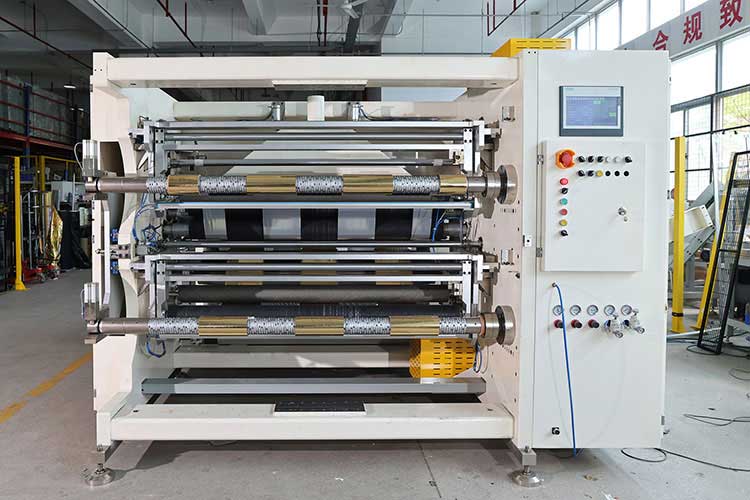
5. Future Trends
• Cross-device collaboration: The slitting machine, the upstream coating machine, and the downstream die-cutting machine share real-time data through 5G to form a loss optimization chain.
• Self-evolving system: Based on the global device network of federated learning, each slitting machine continuously absorbs the best parameters in the industry.
• Carbon neutral process: AI energy consumption optimization + photovoltaic power supply, the annual carbon reduction of a single device can reach 8-12 tons.
Economic Benefit Comparison (Traditional vs. Intelligent)
| index | Traditional slitting machine | AI intelligent slitting machine |
| Material loss rate | 2.5%~3.2% | 0.3%~0.8% |
| Changeover time | 45 minutes | <3 minutes (automatic) |
| Consolidated OEE | 68% | ≥92% |
Landing suggestion: Priority should be given to the deployment of high-value fields such as medical films and lithium battery separators, and the payback period can be shortened to 1.5 years. In the future, the intelligent slitting machine will become the benchmark equipment for the integration of "perception-decision-execution" in Industry 4.0.
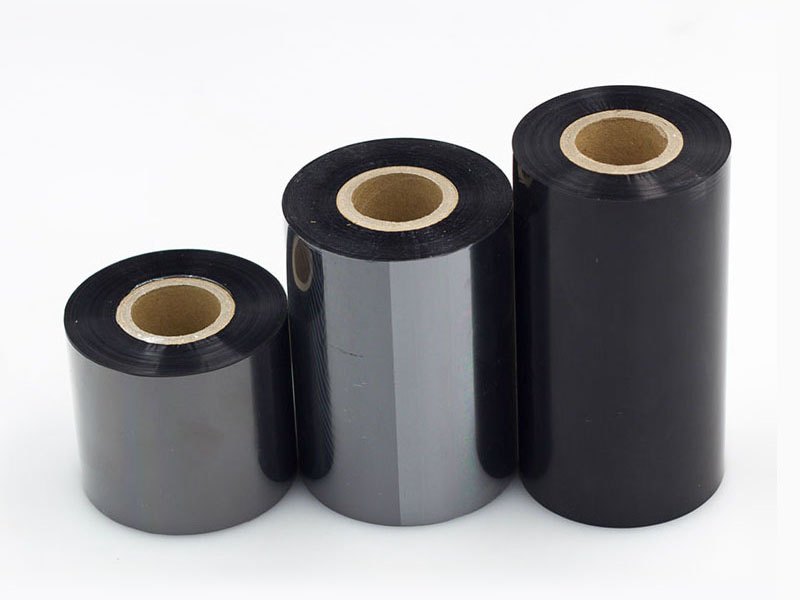 The Blade of Precision: How Ribbon Slitting Machines Become the Invisible Guardians of Print Quality
The Blade of Precision: How Ribbon Slitting Machines Become the Invisible Guardians of Print Quality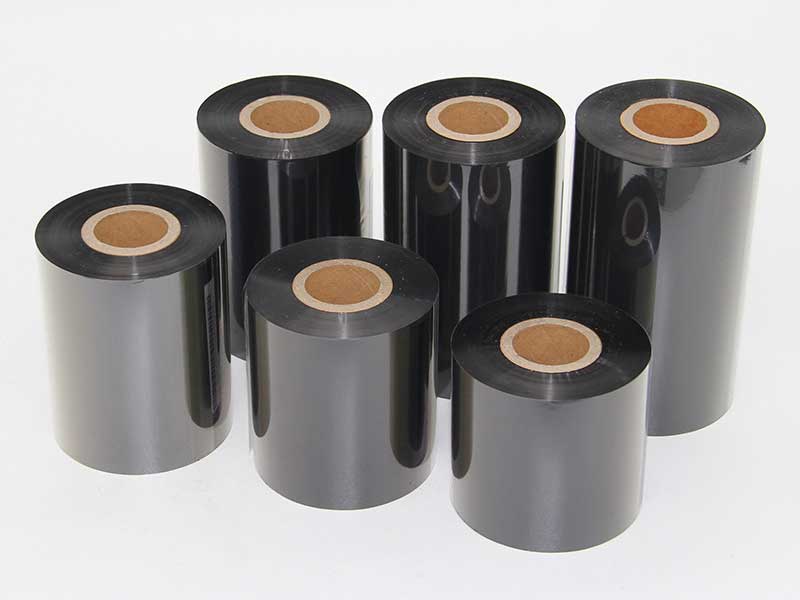 Beyond Slicing: The Evolution of Ribbon Slitting Machines in the Productivity Revolution
Beyond Slicing: The Evolution of Ribbon Slitting Machines in the Productivity Revolution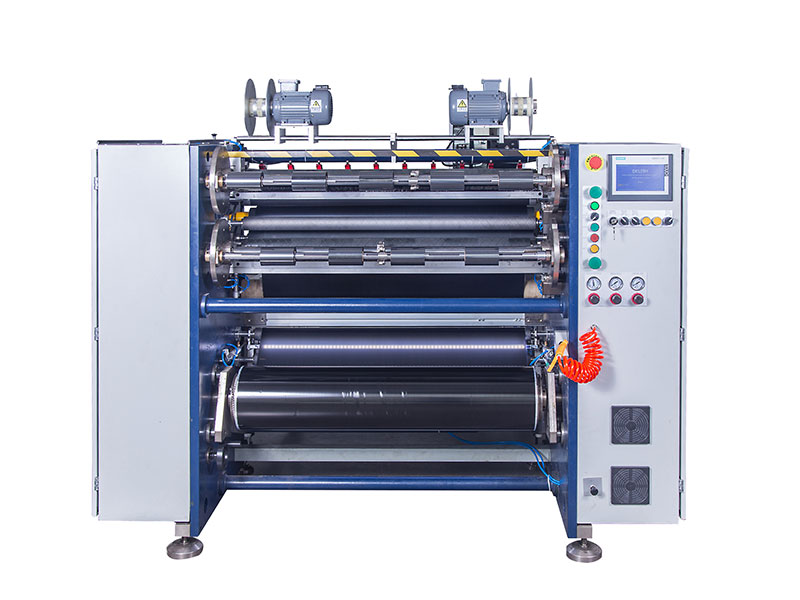 Exploring the reliability technology behind the low failure rate of ribbon slitting machine
Exploring the reliability technology behind the low failure rate of ribbon slitting machine Ribbon Slitting Machine Buying Guide: Focus on reliability and convenience
Ribbon Slitting Machine Buying Guide: Focus on reliability and convenience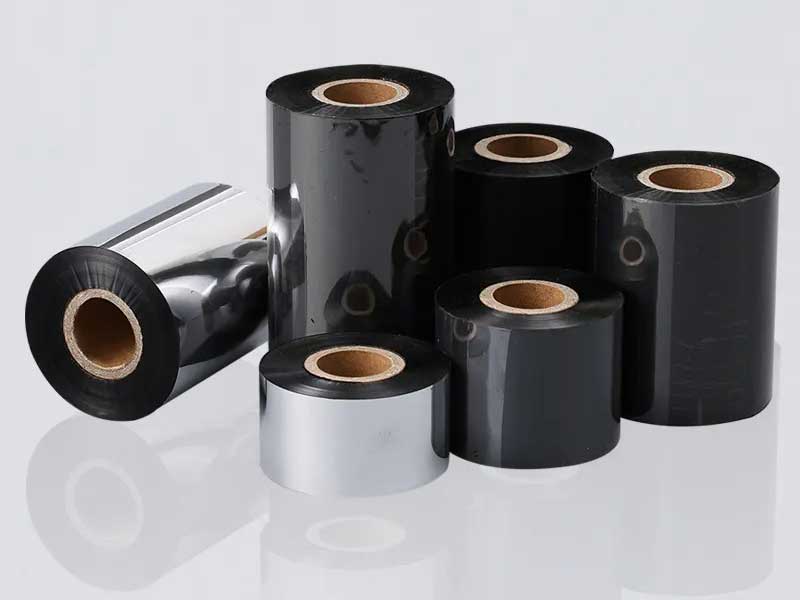 Is the ribbon slitting machine easy to operate? Convenience design is fully revealed
Is the ribbon slitting machine easy to operate? Convenience design is fully revealed